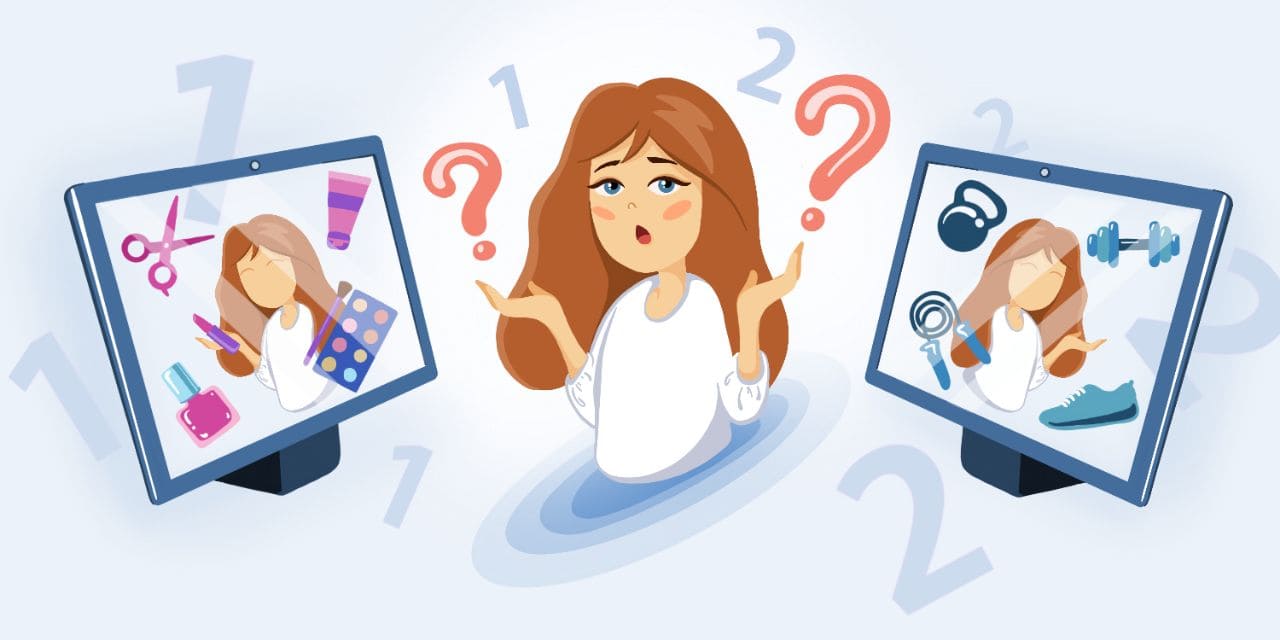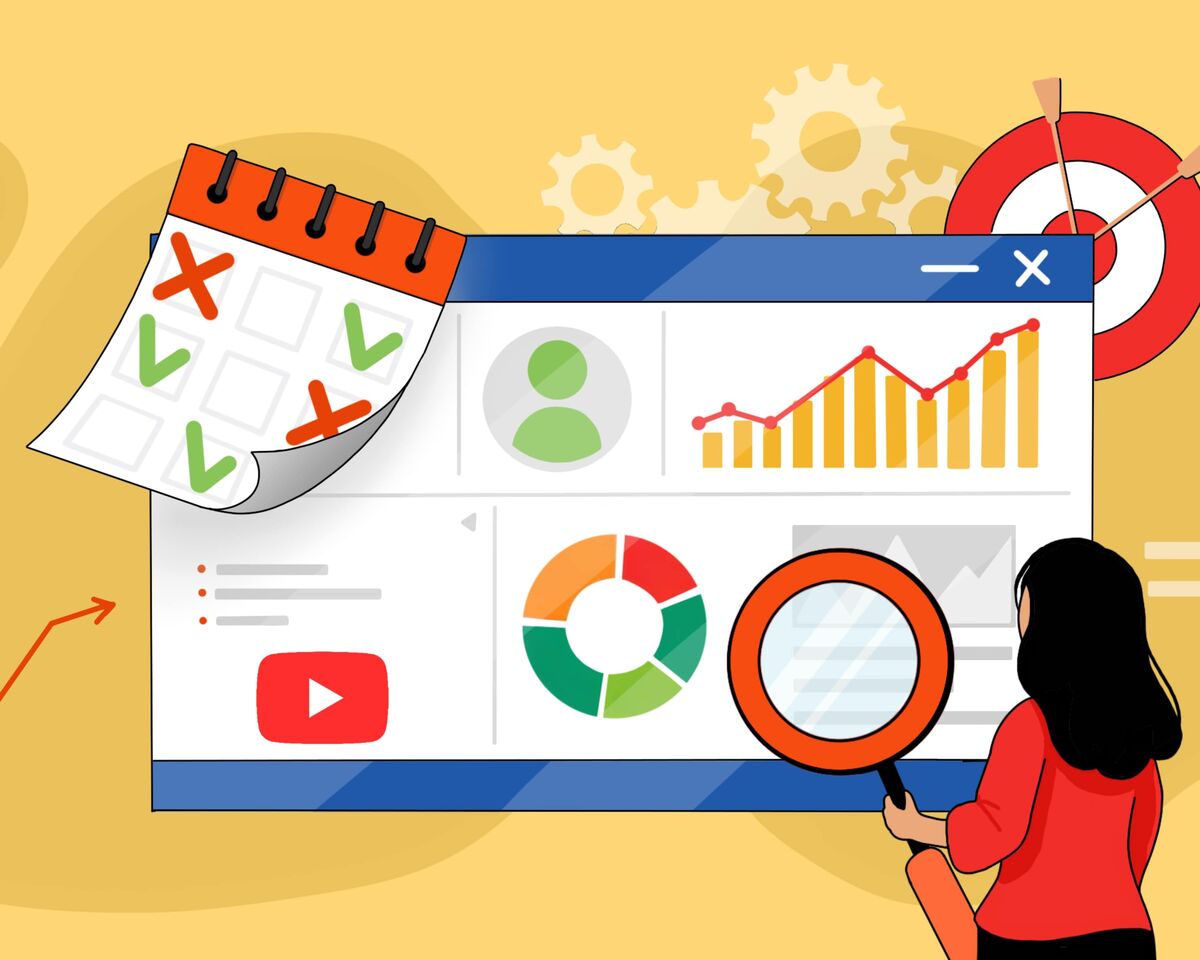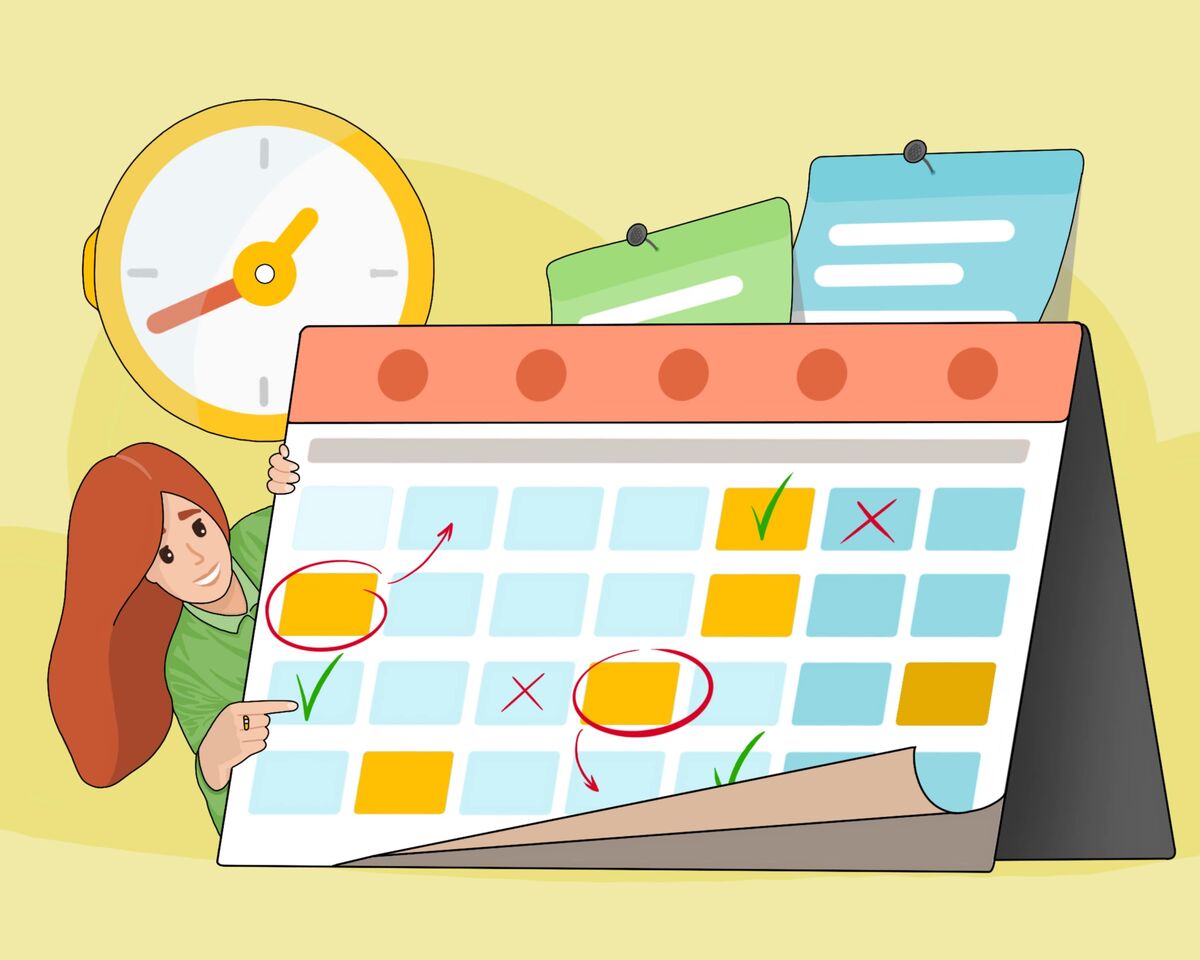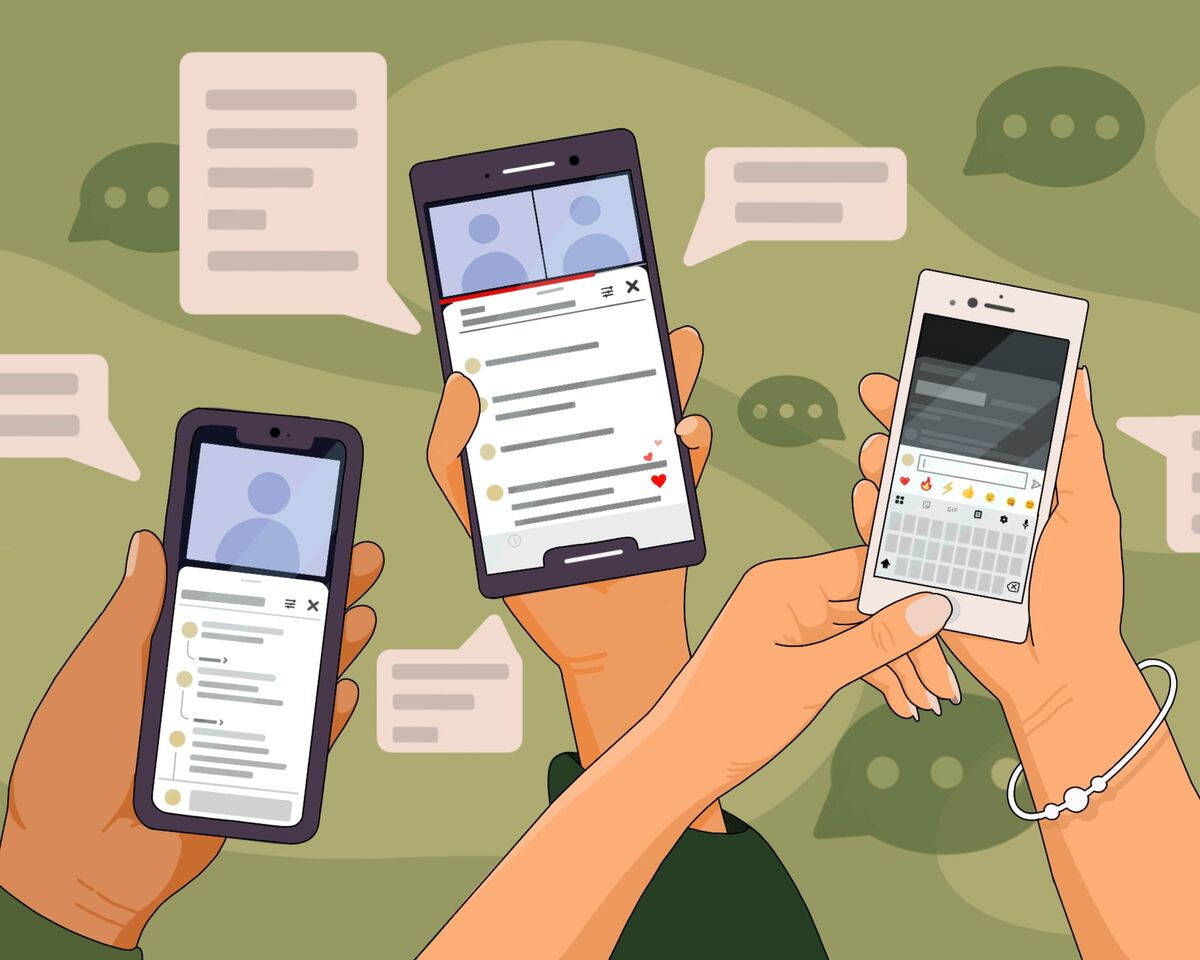Running Multiple Youtube Channels: Pros and Cons
Many YouTubers turn their YouTube channels into some kind of competition of who has more channels. And, to be honest, it is not always straightforward whether it’s good or bad. In what cases do you need to have a second channel, and when is it completely unnecessary?
Let's figure it out and see when it’s still worth creating a second channel, how to create one so that it has minimal impact on the main channel, and what you risk by running multiple channels at the same time.
Blogging has become extremely popular, so many people may want to create a channel. People think it's cool and easy to create a channel, start making money, and live happily ever after.
But those who have been watching our channel or reading our blog for a long time know that YouTube has ceased to be a place of easy money and entertainment. Therefore, these days, you won’t be able to run a channel and abandon your dreaded 9-to-5 job at the same time. YouTube is exactly the same job. If you, of course, want your channel to start paying off at least in the next six months.
A huge amount of people who start a channel with this kind of motivation abandon their idea and leave the platform. They consider themselves unlucky and that YouTube success must have been a fluke for others. A separate group of people who start YouTube are mainly motivated by the profit from YouTube.
The next most popular reason for creating a channel is the desire to share your ideas, skills, events, and life experiences. This type of reason is a more adequate motivation, although we still don’t know if this type of person is aware of all the risks and difficulties of growing on this platform. However, this group of people often run a channel for themselves and may not be interested in getting a profit.
Also, people become Youtubers because they feel cramped within only one platform. For example, a person has been successful on Instagram but, vertical videos and posts began to severely limit the author in their self expression, so they came to YouTube with the aim of broadcasting long form, a lot, on camera in voice and in a horizontal format.
And, of course, people join YouTube to grow their business. Maybe you already have a functioning workshop where you create paintings, but your buyers from the website want to see more of the process of creating paintings, get to know the author better, and want to build a trusting relationship. YouTube can help you a lot with this. It can also help you to attract new customers. The fact that the platform will also bring you money is a perfect bonus.
When to consider a second channel?
When should you start thinking about creating a second channel? Let's consider the most frequent reasons.
You have an old abandoned channel
You could even have subscribers and videos on it, furthermore, you have it monetized and it brings you some pennies. However, you come to realize that while you were out of YouTube, your interests and approaches to creating content have changed. Deleting a channel that already has a certain number of subscribers and your old work is a pity. Therefore, the YouTuber creates a second channel, talks about it on the first one, and redirects the still engaged audience to the new channel.
Why not continue to make new ideas on the old channel? Well, because most likely, the subscribers have already become inactive on your channel. Moreover, after a long break, the old channel will be just as difficult to revive as creating a new one, but most importantly, the old channel is tailored to the topic and audience for which you broadcast before. So, in addition to the fact that you need to develop this channel from scratch, you also need to rebuild YouTube's algorithms so that it changes the audience reach for your videos. This is something that is extremely hard to achieve.
Mixing different topics on one channel
You’ll find this question below our videos and it’s surely among the top 5 most popular: “Can I talk about traveling on my channel which is dedicated to games?”, the answer - you may discuss any topics you like.
You can do whatever you want on your channel. This is not prohibited by any of YouTube's rules. Another question, what do you want from your channel?
If you just film video diaries, that is, you treat YouTube as storage, then you should not care whether it is possible or not. But if you want to monetize your content, then the answer is simple - it just doesn’t work that way.
The YouTube algorithms were designed to show your videos to a relevant audience that is interested in them, who will watch them from beginning to end and bring money to the platform thanks to ad views. In order for both viewers and YouTube to understand what your channel is about, and who will be interested in it all, you design the video, optimize it and create the high-quality design of the channel and videos.
And if all of a sudden, a game vlogger uploads a video of how to bake a pie, everybody will be slightly shocked: both the viewers who subscribed and watched, and the YouTube algorithm, which does not understand why your audience suddenly refuses to watch and click on videos, and advertisers who lose investments in advertising, because the right audience simply does not see it.
Create different channels for different niches and topics. Don't kill your stats.
Often mixing topics means that the author has not decided on his interests. What does he want and what will he talk about on the platform? Therefore, the author begins either to produce multiple channels or mix it all on a single channel.
An archive of ideas and thoughts
That’s not a bad idea at all. It's normal to run a cool channel on one topic, be interested in something else, and want to share it with people.
If the channel does not aim to be another profitable one but serves solely as an archive or a diary, this is a great motivation to start a channel. You will be able to share and record important life milestones, and your most loyal subscribers will be able to receive more information about you and build close relationships with you.
Furthermore, on the second channel, you can easily run experiments without fear that they will negatively affect your channel growth. While you can apply successful techniques to your main channel.
And it’s not necessary to be concerned about structure or optimization, you just test some things and get feedback. For instance, you bought a new camera, but have not yet learned how to shoot properly with it: you can try different shooting options and post it on the second channel. Your subscribers leave their reaction and advice on it.
But remember, there is no guarantee that the channel will start growing. Another positive aspect of this format is that it will help give you a break from the main channel. When we work on the same thing for years, we get tired anyway. Even if it seems that your vlog is a way of escaping. The brain just gets tired of concentrating only around one topic, and in this scenario you just give it a break by working on something else.
You’ve reached a "dead end" on the first channel: it does not grow anymore
You think that a new channel would solve the problem? Like, I’ll create a vlog, I’ll do it as it should and I won’t make the same mistakes. In this case, it is important to understand that you first need to find the reason for the failure of your first channel, because it’s 99% that you will end up in the same situation with your second channel.
The fact that your channel stopped growing suggests that you have not yet fully understood how YouTube works, you have not understood how to pull the channel out of stagnation, which means that the second channel will go down just the same way the first one did.
In most cases, it's not that the topic has been exhausted or the channel ended up in a mythical shadow ban. It's just that the author took his hands off the steering wheel and simply did not properly analyze what was happening.
When your first channel begins to stagnate and decline, remember to ask yourself: “How can the second channel help me solve problems with the first?”
The main channel is ripe to invest in a new channel
This is perhaps the most adequate and thoughtful reason.
You have a lot of experience working on the channel and content. You went through all the crises, and learned how to use YouTube tools. You fully understand what strategy to use when developing a new channel. Your first channel works by itself and generates income, which means you can now invest in the development of a second channel.
Moreover, if you become influential on one channel, it will be easier for you to redirect your audience to the second one. The main thing is to do it wisely and carefully, otherwise, the viewers on the main channel may think that you are abandoning them or the quality of the content will suffer from your lack of attention.
Keep your first channel exciting and active, hire a staff of people if profitable enough and turn it into a business that can continue to turn a profit. Delegating responsibilities on large channels is a must. Otherwise, your output of quality of content may slow down, after all, one person can only do so much.
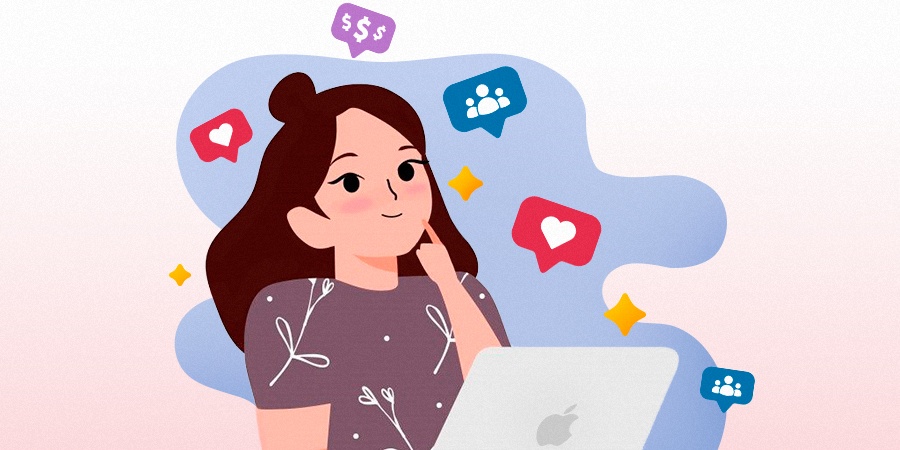
Starting a second channel: is it a good or bad idea?
If you have carefully studied the reasons why YouTubers create multiple channels, then it will immediately become clear to you that there is no definite answer. Each author will have his/her own version.
You must first ask yourself the following questions:
- Why do you need a second channel?
- How will it help and will it help at all?
- Are you sure you have enough time for multiple channels?
- Will the second channel complement the first or benefit you personally?
- Are you sure that you have implemented all the ideas with the first channel to start another one?
Basically, if you decide to create a second channel, you can talk about it on the first one. Some viewers may be interested in your new direction. Plus you will have die hard subscribers who are ready to watch any content from you. So driving some of your audience from your first channel shouldn’t be too hard.
It is more necessary to create a new channel if you decide that you want to start reviewing topics that are not directly related to your first channel.
In this case, creating a second channel is simply a necessity so as not to destroy the first one.
Also, make sure to consider how the videos on each of your channels are connected so that together they create an overall theme of the channel.
Don’t forget that different video formats can also confuse the viewer. For example, you had a channel that consisted of short and concise reviews on technology, where you answered one question in one video. And suddenly you start doing large reviews on brands of equipment.
It seems like everything is related to the topic of your channel, but for some reason, your viewers do not watch these particular types of videos. They just don't like the format within your channel. Generally, the idea may be good, but your viewers are not used to this, therefore, the traffic may begin to sag and affect all other videos on the channel. To identify what can cause such negative reactions, you need to test and look at the analytics and the reaction of your subscribers.
Besides the fact that mixed topics will affect development, they will also affect your profit. With fewer impressions and views, your monetization will be significantly reduced. In addition, it will prevent you from taking ad integrations in the future, because advertisers will not understand what kind of audience you have. In general, if we talk about money, then you will earn faster from one advanced channel than from two different and unfinished ones. The same goes for the number of subscribers - it's better to have a thousand on one channel than five hundred on two.
Do not forget that mixing topics can also mix your audience so that they may begin to conflict. For example, you had a channel about computer games, where the average age of the audience is 12-25 years old, and you suddenly started broadcasting about your knitting hobby. The age of the audience will increase greatly, and some will not be able to understand others, unleashing a fight in the comments.
Another danger of running two or more channels is that there will also be twice as much work.
Just think about it: to create one channel, you need to spend time on:
- Studying the niche, topics, competitors, and types of content;
- Preparing a content plan;
- Developing a video from idea to shooting and editing;
- Uploading and optimizing videos on the channel;
- Designing the videos and the channel itself;
- And, of course, working on analytics, efficiency, and content improvement.
Now imagine that you are doing this in double format. Or triple. Or how many channels you have decided to create there.
Simply put - having multiple channels is hard work. Especially if you want to develop them all in the right way.
There is a common misconception: a content creator thinks they have mastered all their vlogging skills and is ready to expand opportunities into new channels. However, they already forgot that nothing happens quickly on YouTube. They also forgot what a long way he had come and what was left behind. Now he has to go through everything from scratch.
There is also a tendency to create a second channel with translations of the same videos as on the first channel into another language. Everything would be fine if the format was not considered a duplication of content and was not limited to monetization. Or even received complaints and warnings. The YouTube help says that you can create multiple channels on the same topic. However, if you read carefully, you will see that we are not just talking about identical videos that come with a translation, but videos adapted to a different audience.
Article: "How to adapt the channel for viewers from other countries: basic strategies"
To broadcast videos to overseas audiences, YouTube provides other tools. For example, the subtitles and metadata translation.
Don't forget about the risks of having multiple channels on one account. Some abuse alerts will place restrictions on all of your channels on one account at once, and if one channel on an account gets banned, all of the account's channels will be banned.
Perhaps these are the most basic points that you should consider for yourself before getting involved in working on several different channels at once. Remember that you can create as many channels as you want but it won’t be an easy task. Therefore, we recommend you carefully weigh the pros and cons, calculate how much time per week you spend on one channel, multiply it all by two, and then make your decision.
Remember, you are a human. You tend to get tired and rest, but if you take on too many tasks, you risk burnout. Good luck growing your channel, no matter how many you create!
